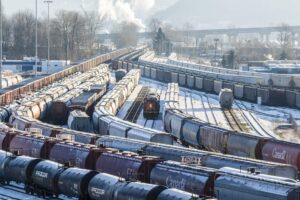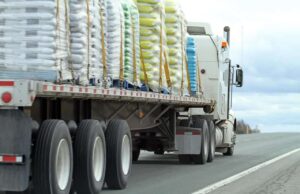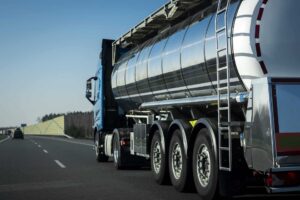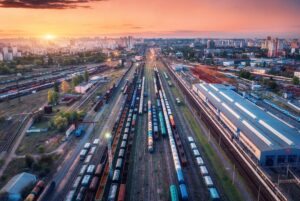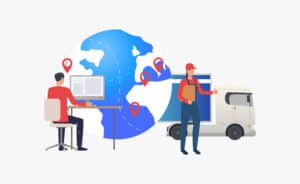Technology continues to outperform human endeavors and expose vulnerabilities in every industry. This is especially true of repetitive tasks in which humans simply cannot compete with the ability of artificial intelligence to get everything right, every single time. As the industry goes digital, we are also witnessing how AI is changing transportation and logistics for the better.
The Importance of AI for Transportation and Logistics
AI already offers incredible potential for transportation and logistics. It can make systems more flexible and reliable while improving efficiency at every turn. The move toward digitization also means that large volumes of data need to be gathered and analyzed which leads to a question about the future role of AI:
What if machines and artificial intelligence were able to gather and analyze data and then use this data to optimize performance in real-time?
Artificial intelligence is especially relevant for transportation and logistics because automation affects every part of a supply chain. This even extends to the actual driving itself and the move toward more comprehensive automation across every area, system and process within the business model.
Let’s take a look at five ways in which AI is changing this industry.
How AI is Changing Transportation and Logistics
- Using Autonomous Driving to Eliminate Human Error
Studies show the majority of consumer goods are transported by trucks but the cost of freight is severely damaging the gross margin for logistics companies. The industry is also experiencing a shortage of truck drivers and there’s no reason to think these numbers will change any time soon.With this in mind, the rise of autonomous vehicles offers a ready-made solution which can reduce operating costs and fill the impending vacancies. Some research suggests autonomous trucks could reduce costs by as much as 45% and surely eliminate safety issues which arise due to accidents and human error. - AI Applications to Refine Route Planning
Route planning is everything in transportation and AI applications are now being used to optimize routes and fleet management. These applications take factors such as traffic and weather into account for planning the route and use collected data to forecast demand in order to improve the logistics schedule.Just so you know, many logistics companies have already trimmed warehousing costs by 20%+ by using data to reduce inventory. Studies also show that new routes and schedules can improve efficiency by more than 25% and essentially ensure logistics companies are streamlining processes and refining systems in order to strengthen the bottom line. - Inventory Identification to Prevent Stock Shrinkage
Product identification is a system that uses artificial intelligence to locate missing products or inventory which is hard to access. “Inventory shrinkage” is actually a primary problem for most logistics companies in America and responsible for 3%-5% of inventory which is lost for preventable reasons. Vision technology is used to monitor inventory and these cameras and sensors are able to communicate any discrepancies to a computer mainframe. It’s a rather simple process that can help warehouse staff solve problems quickly and improve the accuracy of recorded stock levels.
- Improving the Accuracy of Loading Procedures
Poor loading procedures and negligence is a big problem in logistics which often results in damaged inventory. AI monitoring is an excellent way to monitor how this inventory is being loaded into trucks and ensure a greater sense of accountability with the staff responsible for moving these items.This is also a more accurate alternative to random inspections for which the results are sometimes manipulated. For example, suppliers can simply cherry pick which containers should be checked during an inspection but AI applications will monitor the details of every container and piece of inventory. - Removing Labor-Intensive Tasks in the Warehouse
Artificial intelligence in the warehouse is often designed to remove or simplify labor-intensive tasks. This might refer to anything from checking stock and picking inventory to data entry on a computer. Either way, these kind of tasks are often those which staff will be happy to do without and reducing labor-intensive tasks will also leave these individuals with less fatigue/injury.There will also need to be less human supervision and logistics companies will inevitably save on labor costs which is a huge talking point in recent years.
The Future of AI in Transportation and Logistics
Artificial intelligence will inevitably use cameras, sensors and analytics to create new systems which greatly improve transportation and logistics. While autonomous driving has immense potential, these new technologies will be just as important for inventory and every other part of the supply chain. Studies already illustrate this positive impact too and the companies which fully embrace AI today are sure to be the ones that light the way for the industry.




